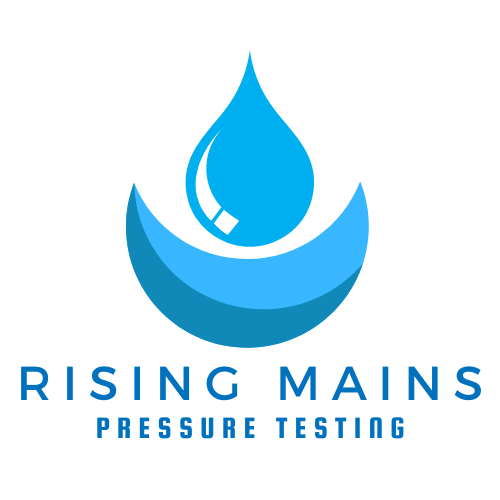In the intricate network of wastewater infrastructure, rising mains play a crucial role in transporting sewage and wastewater from lower elevations to higher elevations. These pressurised pipelines rely on pumping systems to overcome the challenges of gravity and facilitate the efficient movement of wastewater. However, over time, these crucial components can experience build-up and accumulation of various materials, which can lead to blockages, reduced flow capacity, and decreased hydraulic efficiency.
To mitigate these issues and ensure the long-term functionality of rising main systems, regular flushing is an essential maintenance practice. We specialise in providing efficient and cost-effective solutions for water utilities and infrastructure companies, offering comprehensive rising main flushing services tailored to their specific needs.
Contact Us
Flushing rising mains serves several critical purposes, including:
Over time, solid particles such as sand, grit, and other debris can accumulate within the rising main, potentially causing obstructions and reducing flow capacity. Flushing helps remove these materials, restoring optimal flow conditions.
The build-up of biofilms, mineral deposits, and other materials can restrict the flow of wastewater and decrease the hydraulic efficiency of the rising main system. Regular flushing helps remove these build-ups, improving overall flow capacity and efficiency.
Blockages in rising mains can lead to backups or overflows, posing significant environmental and public health risks. By flushing the system regularly, the likelihood of such blockages is greatly reduced, mitigating the potential for costly and hazardous overflows.
Stagnant water within rising mains can promote the growth of bacteria and other microorganisms, potentially degrading water quality. Flushing removes this stagnant water, helping to maintain the overall quality of the wastewater being transported.
By removing accumulated materials and maintaining optimal flow conditions, regular flushing helps extend the operational lifespan of the rising main system. This proactive approach reduces the need for costly repairs or premature replacements, ultimately saving water utilities and infrastructure companies significant resources.
Our rising main flushing process is designed to ensure thorough and effective cleaning while adhering to strict safety and environmental protocols. The typical flushing process involves the following steps:
The section of the rising main to be flushed is isolated by closing valves or installing temporary line stops to prevent the influx of additional wastewater during the flushing operation.
A suitable discharge point is identified for the flushed water, taking into consideration environmental regulations and potential impacts on nearby water bodies or drainage systems.
Several flushing methods can be employed, depending on the specific needs and conditions of the rising main. These include conventional flushing (using high-velocity water flow), air scouring (introducing compressed air to create turbulent flow), and pigging (using projectile devices called “pigs” to scrape the pipe walls).
During the flushing process, our trained professionals closely monitor water quality parameters, such as turbidity and chlorine levels, to ensure the effectiveness of the flushing operation and adherence to regulatory standards.
After flushing, the rising main may need to be disinfected using chlorine or other approved methods to ensure water quality and prevent bacterial regrowth.
Post-flushing sampling and testing are conducted to verify the effectiveness of the process and ensure compliance with applicable regulations.
The frequency of rising main flushing depends on various factors, including pipe material, age, flow rates, and water quality. We work closely with our clients to develop comprehensive flushing plans and schedules tailored to their specific systems and requirements. Regular flushing, as recommended by industry guidelines or based on site-specific conditions, is essential for maintaining the long-term performance and longevity of rising main systems.
Rising main flushing operations require adherence to strict safety protocols to protect workers, the public, and the environment. Our team follows rigorous safety measures, including traffic control measures, the use of personal protective equipment (PPE), and adherence to confined space entry procedures.
Additionally, we prioritise environmental concerns by addressing the proper disposal of flushed water and sediments in accordance with applicable regulations. Our commitment to safety and environmental responsibility is unwavering, ensuring that our flushing operations are conducted in a responsible and sustainable manner.
We are committed to upholding the highest standards of excellence in rising main flushing and overall wastewater infrastructure maintenance. Our team stays up-to-date with the latest industry developments, regulatory changes, and best practices, ensuring that our clients receive the most effective and reliable services.
We understand the critical role that rising mains play in the efficient transportation of wastewater, and we take pride in our ability to provide tailored solutions that address the unique challenges faced by water utilities and infrastructure companies. By leveraging our expertise and state-of-the-art equipment, we strive to ensure the long-term functionality and sustainability of these vital systems, contributing to the overall health and well-being of the communities we serve.
